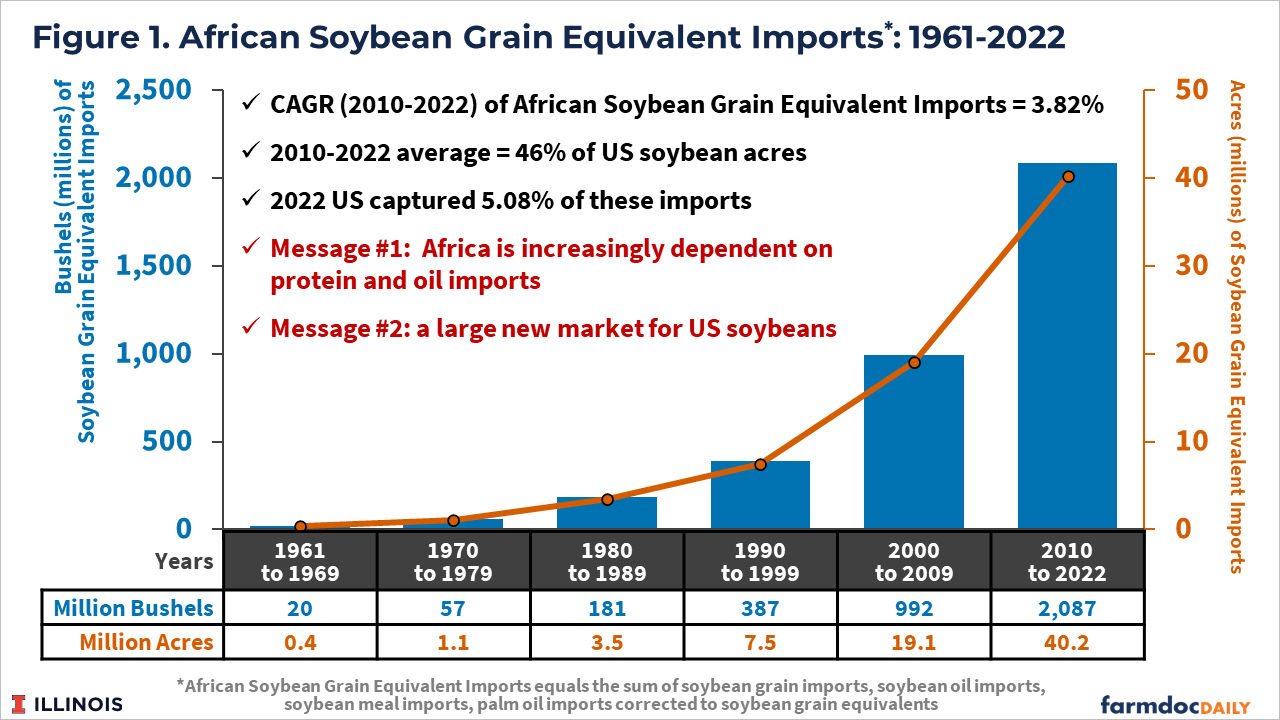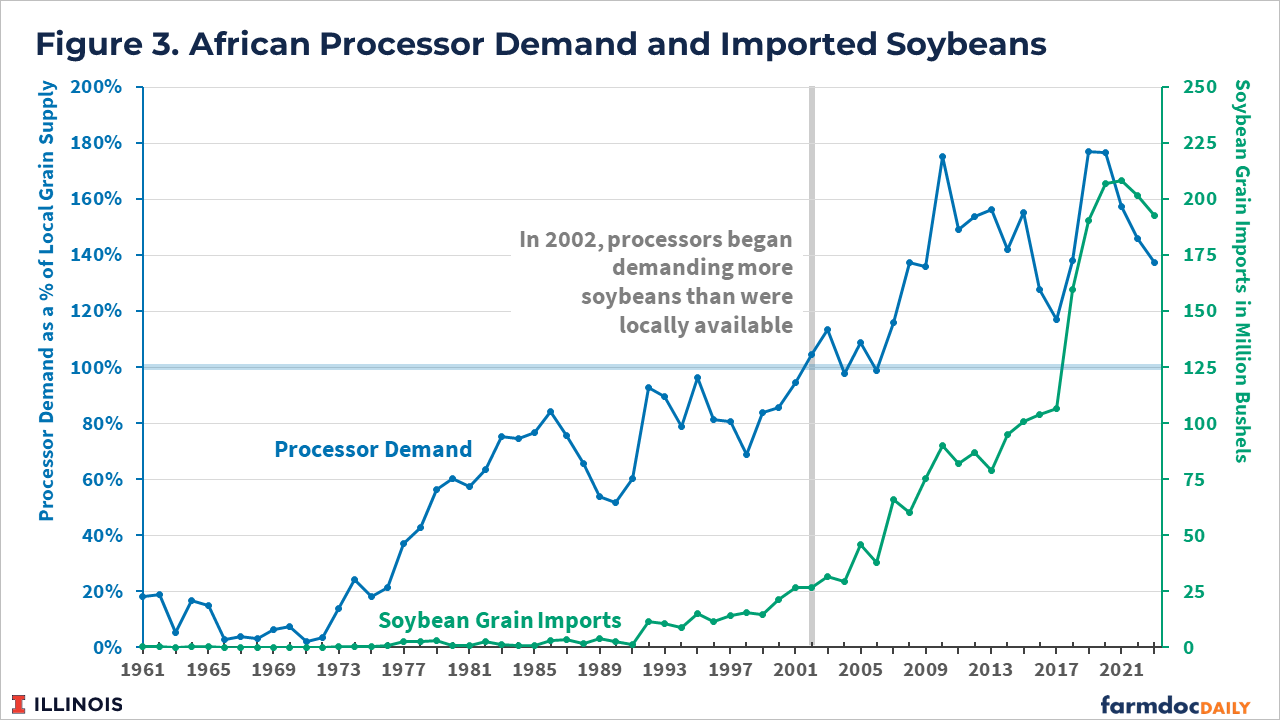- Stocks soar as Nvidia earnings ease AI valuation fears, jobs data in view Reuters
- Stocks making the biggest moves after hours: Nvidia, Palo Alto Networks, Oddity Tech, AMD and more CNBC
- CoreWeave, Core Scientific ‘Pick-and-Shovel’ Rally After Nvidia Earnings Benzinga
- Tech shares turbocharged by Nvidia’s stellar earnings TradingView
- After-hours movers: NVIDIA, CoreWeave, Palo Alto Networks, and more StreetInsider
Category: 3. Business
-
Stocks soar as Nvidia earnings ease AI valuation fears, jobs data in view – Reuters
-

Starbucks Coffee Company and Tata Starbucks re-affirm coffee leadership and announce a Farmer Support Partnership (FSP) to strengthen the coffee value chain from Bean to Cup – Starbucks
- Starbucks Coffee Company and Tata Starbucks re-affirm coffee leadership and announce a Farmer Support Partnership (FSP) to strengthen the coffee value chain from Bean to Cup Starbucks
- Starbucks CEO: India key part of growth plan The Times of India
- Starbucks to keep India plans brewing despite competition The Economic Times
- Starbucks CEO Brian Niccol says India is one of its fastest-growing markets, will double down on growth plans CNBC TV18
- Starbucks marks its 500th store with a nationwide OOH celebration Media4Growth
Continue Reading
-

Maersk Launches Flagship Logistics Centre in Shanghai Lin-gang
Shanghai, China – A.P. Moller – Maersk (Maersk) celebrates the grand opening of its flagship logistics centre in Shanghai’s Lin-gang area, marking one of the company’s largest warehousing investments globally. Built with an investment of over USD 140 million, the state-of-the-art facility spans 113,000 square meters in size and offers 147,000 square meters of storage space.
The Lin-gang Flagship Logistics Centre offers a full suite of fulfilment services and is designed to serve customers in China, across Asia-Pacific, and beyond. As part of Maersk’s integrated logistics network, the centre aims to empower businesses with greater efficiency, flexibility, and resilience in trade operations.
Our new state-of-the-art logistics centre in Lin-gang is another milestone in the implementation of Maersk’s integrated logistics strategy in the Chinese market. China is not only the world’s largest exporter but also a key consumer market. This facility significantly enhances our omnichannel fulfilment capabilities and further strengthens the connection between China and international markets. It’s another testament to our commitment towards continuously evolving our logistics solutions, helping customers overcome trade challenges and unlock new growth opportunities.
Zhao Yihuai, Vice Chairman of Lin-gang Special Area Administration, Jens Alsbirk, Consul General of the Consulate General of the Kingdom of Denmark in Shanghai, Zhou Ying, Deputy Director General of the Shanghai Municipal Transportation Commission, along with representatives from the Shanghai Municipal Development and Reform Commission, Yangshan Customs, the Market Regulation Bureau, and the Lingang Tax Bureau, joined Maersk’s customers, executives, and employees at the opening ceremony.
A Stronger Integrated Logistics Network
Benefiting from Shanghai’s strength as a global shipping hub with well-developed transportation infrastructure, the Lin-gang Logistics Centre is well-positioned to serve both domestic and international customers. It is only about 40km away from the Shanghai Yangshan Port, one of Maersk’s most strategic nodes for global shipping.
The logistics centre integrates seamlessly with Maersk’s ocean, air, and land services, creating a network whose scale-driven synergy enables Maersk to deliver more efficient and cost-effective solutions.
Solutions for International Omnichannel Fulfilment
The logistics centre offers four core capabilities: export distribution centre, import distribution centre, regional/global hub, and cross-border e-commerce. It also provides value-added services such as temperature-controlled storage, and customised solutions to meet diverse customer needs.
With Maersk’s in-house customs expertise and certifications such as Authorised Economic Operator (AEO), the facility delivers fast, cost-efficient customs clearance for international shipments. It also offers the flexibility to handle both bonded and non-bonded goods under one roof, enabling storage and conversion without additional customs processing.
China’s international trade is evolving from an export-driven model to a more diversified approach encompassing export, import, and transshipment. Increasingly, brands are seeking unified inventory management to meet a wide range of trade demands. With the omnichannel fulfilment capabilities of this new warehouse, customers can now achieve this goal and efficiently meet both B2B and B2C requirements.Future-Ready Logistics: Automated, Intelligent, and Low-GHG-Emission
The facility comprises four high-standard ramp warehouses and one fully automated intelligent warehouse, equipped with cutting-edge systems including automated storage and retrieval systems (ASRS), stacker cranes, rail-guided vehicles, and autonomous mobile robots.
Powered by advanced warehouse management software and automated systems, the facility enables real-time inventory control, dynamic task scheduling, and data-driven decision-making. These innovations reduce costs, improve accuracy, and boost operational efficiency.
The logistics centre also incorporates features such as solar panels expected to supply over 70% of its electricity and fully electric equipment, as well as rainwater harvesting and resource recycling. The facility has applied for LEED Gold certification, a globally recognised standard awarded to buildings that meet high benchmarks for energy efficiency, water conservation, and sustainable design.
About Maersk
A.P. Moller – Maersk is an integrated logistics company working to connect and simplify its customers’ supply chains. As a global leader in logistics services, the company operates in more than 130 countries and employs around 100,000 people. Maersk is aiming to reach net zero GHG emissions by 2040 across the entire business with new technologies, new vessels, and reduced GHG emissions fuels*.
*Maersk defines “reduced GHG emissions fuels” as fuels with at least 65% reductions in GHG emissions on a lifecycle basis compared to fossil of 94 g CO2e/MJ.
For further information, please contact:
Continue Reading
-
Tipping point or bubble? Nvidia CEO sees AI transformation while skeptics count the risks – Reuters
- Tipping point or bubble? Nvidia CEO sees AI transformation while skeptics count the risks Reuters
- Nvidia’s Jensen Huang Says Customers Will Determine Financing of AI Buildout The Wall Street Journal
- ‘Slow down, hyperscalers’: For the first time in 20 years, investors say companies are overinvesting, Bank of America says CNBC
- The World Craves A.I. Chips The New York Times
- Nvidia, Microsoft, and Google Just Changed the AI Market Nasdaq
Continue Reading
-

Exclusive: Trump’s semiconductor tariff plan likely delayed, officials say
WASHINGTON, Nov 19 (Reuters) – U.S. officials are privately saying that they might not levy long-promised semiconductor tariffs soon, potentially delaying a centerpiece of President Donald Trump’s economic agenda.Officials relayed these messages over the last several days to stakeholders in government and private industry, according to two people with direct knowledge of the matter and a third person briefed on the conversations. A fourth person following the matter also said the administration was taking a more cautious approach to avoid provoking China. The discussions have not been previously reported.
Sign up here.
Trump aides are taking their time on chip tariffs as they work to avoid a rupture with Beijing over trade issues, which would risk a return to a tit-for-tat trade war and disruption of the flow of critical rare earth minerals, according to two of the people.
Those people cautioned that no decision is final until the administration signs off on it, and also said that triple-digit tariffs could be imposed at any time. The sources spoke anonymously in order to recount private conversations about policy deliberations.
Trump said in August that the United States would impose a tariff of about 100% on imports of semiconductors but exempted companies that are manufacturing in the U.S. or have committed to do so. Privately, over the last several months, Washington officials had told people that the administration would roll out the tariffs soon. That guidance has now changed as the administration has continued to debate the timing and other details.A White House spokesman and a Commerce Department official, asked about the discussions, disputed that the administration had adjusted its posture.
“The Trump Administration remains committed to using every lever of executive power to reshore the manufacturing that’s critical to our national and economic security,” said the spokesman, Kush Desai. “Any anonymously-sourced reports suggesting otherwise are simply Fake News.”
The Commerce official said, “There is no change in department policy regarding semiconductor 232 tariffs.” Neither specified how soon tariffs that have been threatened since the early days of the Trump administration would be finalized, nor did they offer any other details.
The Chinese embassy in Washington said cooperation between the two countries on semiconductors is the best approach. “We welcome the U.S. to work with China to implement the consensus reached at the Busan summit between the two heads of state, create a favorable environment for mutually beneficial cooperation between companies from both sides, and jointly maintain the stability of the global semiconductor supply chain,” said the spokesperson, Liu Pengyu.
TRUMP FACES PRESSURE ON CONSUMER PRICES
Any decision by the administration to slow down or narrow the scope of chip tariffs would come at a sensitive time for Trump. The Republican president is facing growing consumer angst over prices heading into the holiday shopping season.
Hiking taxes on imported semiconductors could raise consumer costs on the gadgets they power, from refrigerators to smartphones. Reuters reported in September that the Trump administration was looking at a plan that would also tax foreign electronic devices based on the number of chips in each one.
Trump rolled back tariffs on more than 200 food products last week, but he has also said that his import taxes have made no significant contribution to inflation. The U.S. government shutdown has delayed recent data on consumer prices, but inflation has been running above the Federal Reserve’s target since former President Joe Biden held office.Trump is also trying to maintain a delicate trade truce with China, a top manufacturer of both semiconductors and devices powered by them. Last month, Trump met Chinese President Xi Jinping in Busan, South Korea, and reached an agreement to set aside their trade issues, for now.During those conversations in Korea, U.S. officials nonetheless warned their Chinese counterparts that they could take national security steps in the coming months that Beijing might find objectionable, according to two people familiar with those conversations. Trump has bet that tariffs can revive domestic factory jobs lost over decades to countries including China.
In April, the Trump administration announced investigations into imports of pharmaceuticals and semiconductors as part of a bid to impose tariffs on them, arguing that extensive reliance on their foreign production poses a national security threat.
Reporting by Laurie Chen in Beijing, Trevor Hunnicutt in Washington and Jeffrey Dastin in San Francisco; Additional reporting by Alexandra Alper in Washington; Editing by Chris Sanders, Matthew Lewis and Jacqueline Wong
Our Standards: The Thomson Reuters Trust Principles.
Continue Reading
-

Myanmar’s Tourism Industry: Recent Developments, Prospects and Challenges Ahead – ASEAN+3 Macroeconomic Research Office
Myanmar’s tourism industry experienced unprecedented growth between 2011 and 2019, fueled by policy reforms, foreign investment, and international interest. The sector received significant foreign investment and saw rapid hotel expansions during this period. The upward trajectory was interrupted by the COVID-19 pandemic in 2020, followed by geopolitical challenges and natural disasters. The analytical note is intended to provide a historical context of Myanmar’s tourism developments since opening-up in 2011, while offering a narrative on the outlook ahead. This comes at a juncture where the tourism industry has rapidly evolved into a crucial pillar of Myanmar’s economy and a key driver of its social and economic development.
Continue Reading
-

Should US Growers Look to Africa as the Next Big Market? Understanding Africa’s Soy Import Demand
Introduction
The Soybean Innovation Lab (SIL) introduces readers to the question whether Sub Saharan Africa (SSA) presents a new market opportunity for US soybean growers. Over the next three weeks SIL and farmdoc will deliver three articles on the topic of Africa as a potential export market for US soybeans. The African market presents a very complex landscape. While it is large, diverse, and growing rapidly, there exists great uncertainty, significant business risks, and demand for soybean and associated products are just beginning to emerge.
This first article in the series focused on the larger food and oil trends dominating the African continent (see farmdoc daily from November 13, 2025). Today’s article delves into the import flows of soybean, oil, and meal into Africa. The third article will wrap up the series by outlining four specific country examples – Egypt, Ghana, Nigeria, and Tanzania – touching on their imports of soy and soy products, logistics infrastructure, and existing policies on genetically modified soybean imports. The third and final article will also include a relevant literature review on the subject of soy trade and Africa.
Soy Import Demand in SSA
Is SSA soy import demand significant, or at least potentially significant? The answer is yes. Soy product demand is potentially very significant. Using the soybean equivalent import metric, Africa imported a soybean equivalent of 2.1 billion bushels on average per year for the period 2010-2022. That equals the production of about 40 million acres, about 47% of US plantings (see Figure 1). Most of that value results from palm oil imports (64%). Soybean oil, meal, and grain imports amount to 21%, 8%, and 7%, respectively.
The Africa soybean grain import equivalent metric comprises the sum of: 1) soybean imports, 2) soybean oil imports, 3) soybean meal imports, and 4) palm oil imports all corrected to soybean grain equivalents. That is, based on current soy and palm product imports, were it grain, the metric captures how much grain would theoretically be demanded by Africa’s processors and manufacturers. The grain equivalent metric melds both current import activity and the potential to expand soybean export demand by taking market share from palm oil. The equivalent metric, when measured in bushels and acres also allows comparison with US production.
These imports grew at a compound annual growth rate (CAGR) of 3.82% between 2010 and 2022. Soybean grain imports lead the group growing at a CAGR of 8.04%, with palm oil, soybean oil, and soybean meal growing at 4.46%, 2.05%, and -0.34%, respectively.
African soybean production currently amounts to 270 million bushels or about 6% of US production and 2% of global production (see Figure 2). Global soybean output over the last ten years has grown at a CAGR of 2% while African production has grown at an annual rate of 11%. While growing rapidly, Africa will remain far from being self- sufficient in the future and require significant imports. For example, forecasts to 2050 show Africa would still only be able to supply 35% of its current soybean equivalent import demand, even assuming the current soybean production growth rate.

Finally, African soybean processors in the 1960’s had very little use for soybean, processing less than 20% of the region’s soybean crop to produce food oil (see Figure 3). Over time, processors have expanded capacity and by 2002 the industry switched from an under capacity position to overcapacity where local supplies were not sufficient to meet demand resulting in significant acceleration in the imports of soybean grain. Most recently, processors are 40-60% overcapacity relative to domestic supply and import about 200 million bushels of soybeans to keep their factories operating. Demand for soybean grain imports since 2010 has been quite fast with a compound annual growth rate of just over 8%.

Note: The Soybean Innovation Lab (SIL) at the University of Illinois is the world’s leading organization focused on establishing soybean as the feed, oil, industrial materials, and biofuels standard in Sub Sharan Africa (SSA). SIL’s strong network across 31 countries, experienced team, track record of success, and partners on the ground support clients looking to serve the fastest growing and a potentially large new soy market.
Continue Reading
-

Fujitsu launches integrated package of core system support services for food distribution industry
Fujitsu today announced the launch of a new integrated package of services for the food distribution industry aimed at helping customers build business systems inexpensively and quickly and supporting the digital transformation of the whole industry. More than 1,500 functions for building business systems will eventually be offered including management for sales, orders, inventory, and logistics, and the gradual roll out will start in December 2025 and conclude by the end of fiscal 2026.
By leveraging existing solutions and working closely with partner companies, Fujitsu will continue to enhance its capabilities, including end-to-end data integration across the entire food distribution value chain and the standardization of interfaces and master data. Fujitsu also plans to offer the service globally to support customers’ overseas expansion.
Continue Reading


